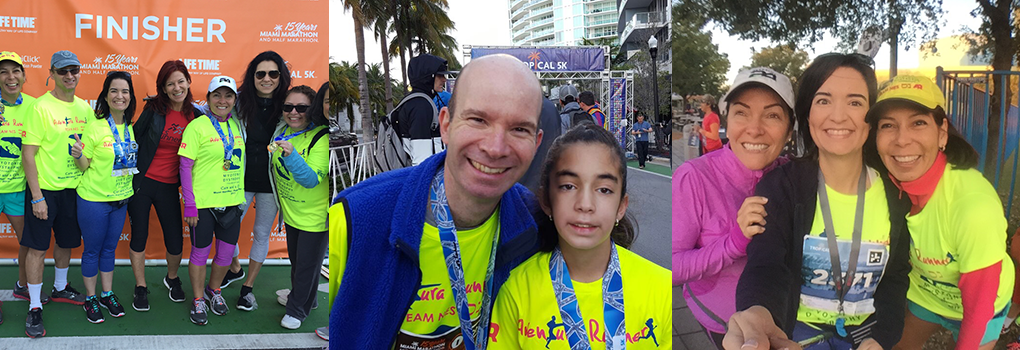MDF staff recently attended the 2017 annual meeting of the American Academy of Neurology, in Boston, MA. Here are highlights from that meeting.
Clinical and histopathological findings in myotonic muscular dystrophy type 2 (DM2): retrospective review of 49 DNA-confirmed cases.
Bhaskar Roy, Qian Wu, Charles Whitaker, and Kevin Felice.
A better understanding of the natural history of DM2 is essential to the design of interventional clinical trials. This poster reviewed clinical profiles of a cohort of 49 confirmed DM2 cases seen over 24-years at Beth Israel. Proximal lower limb weakness was the most predominant symptom, although weakness ranged from absent to severe. Myotonia, grip strength, and FVC also showed considerable variation. Approximately half of study subjects had cataracts.
Evaluation of postural control and falls in individuals with myotonic dystrophy type 1.
Katy Eichinger, Jill R. Quinn, and Shree Pandya.
Clinical trial endpoints that measure parameters meaningful to patients will be necessary for registration trials in myotonic dystrophy (DM1). This poster presented an assessment of postural control and self-reported falls in a cohort of 34 DM1 subjects, studied over a 12-week observational period. Postural sway measurements in DM1 subjects differed significantly from norms and showed good test/re-test reliability. None of the postural measures used were predictive of fall status, although this may be due to the small sample. Further evaluation of postural status may yield reliable, clinically meaningful clinical trial endpoints.
Identification of dysregulated musclin expression and elevated atrial natriuretic peptide levels in adult and congenital myotonic dystrophy.
Donald McCorquodale, Katie Mayne, Brith Otterud, Diane Dunn, Bob Weiss, and Nicholas Johnson.
Understanding tissue-level molecular changes in DM can guide biomarker development as well as identify novel therapeutic targets. This poster addressed two components of a pathway that mediates response to exercise. Musclin expression, an upstream regulator of atrial natriuretic peptide (ANP), increased in skeletal muscle of congenital myotonic dystrophy (CDM) and DM1, accompanied by increases in ANP clearance receptor (NPR3) and ANP. Disregulated musclin/ANP signaling may be linked to weakness and exercise intolerance in CDM and DM1.
Correlation between MRI cerebral white matter changes, muscle structure and/or muscle function in myotonic dystrophy type 1 (DM1).
Cheryl Smith, Peggy Nopoulos, Richard Shields, Dan Thedens, and Laurie Gutmann.
Understanding any linkage between CNS and skeletal muscle changes in DM1 may provide insights into putative biomarkers and clinical trial endpoints. This poster presented pilot data on potential CNS contributions to skeletal muscle structure and function in a DM1 cohort. Data show correlations between an MRI measure (global cerebral fraction anisotrophy—a measure of white matter abnormalities) and both MRI measures of lower limb muscle structure and a lower extremity tracking task (a measure of functional weight bearing movement). The authors concluded that these data suggest that CNS changes in DM1 play a role in neuromuscular functional deficits.
Borderline CNBP CCTG expansions in myotonic dystrophy type 2 in over 16,000 specimens analyzed in a clinical laboratory.
Elise Nedzweckas, Rebecca Moore, Marc Meservey, Tara McNamara, Nicholas Tiebout, Zhenyuan Wang, Sat Dev Batish, and Joseph Higgins.
The frequency of DM2 expansions in the pre-mutation range (CCTG repeat length of approximately 177-372) is unknown. This poster from Quest Diagnostics utilized PCR, PCR repeat-primed, and Southerns to determine CNBP CCTG expansion lengths in 16,253 samples. The frequency of ‘borderline’ repeats was 0.97%, a value larger than in previously published studies. The potential for repeats in this borderline range to expand to pathologic lengths is, as yet, unknown.
Genetic markers of myotonic dystrophy type 1 (DM1) and Duchenne muscular dystrophy (DMD) in human urine.
Layal Antoury, Ningyan Hu, Leonora Balaj, Xandra Breakfield, and Thurman Wheeler.
Availability of a non-invasive biomarker to track target engagement/modulation of candidate therapeutics would be valuable to any DM clinical trial, and elimination of muscle biopsies would be critical for trials in pediatric CDM subjects. The platform presentation reported analyses of exosomal RNA in blood and urine of DMD, BMD, and DM subjects. Serum showed no differences between DM1 and controls. Several splicing event alterations known to change in skeletal muscle were not detected in urine. But, at least 10 transcripts were differentially spliced in urine that followed patterns seen in skeletal muscle and thus showed potential as non-invasive biomarkers. The source of differentially spliced transcripts in urine was thought to be the kidney or other urinary tract cells. The group is working to correlate the pattern of splicing events detected in urine with phenotypic changes in DM1 patients.
Receptor and post-receptor abnormalities contribute to insulin resistance in myotonic dystrophy type 1 and type 2 distal and proximal muscles.
Giovanni Meola, Laura Valentina Renna, Francesca Bose, Barbara Fossati, Elisa Brigozi, Michele Cavalli, and Rosana Cardani.
Metabolic dysfunction, including insulin resistance and increased risk of type 2 diabetes mellitus are characteristic of DM1 and DM2. While the insulin receptor (INSR) gene is known to be mis-spliced and links to the DM metabolic phenotype, other insulin signaling pathway components may be involved. This platform presentation presented data on insulin signaling pathway changes in DM1 and DM2 muscle biopsies. DM muscle biopsies showed increased fetal INSR isoform and altered expression and phosphorylation of selected proteins in the IR signaling pathway was seen in DM1 subjects. These effects were more pronounced in proximal versus distal muscles. The authors suggest that profiling of changes in INSR signaling pathways markers might emerge as a biomarker for clinical studies and trials in DM.
Increased EEG theta spectral power in polysomnography of myotonic dystrophy type 1 compared to matched controls.
Chad Ruoff, Joe Cheung, Jennifer Perez, Saranda Sakamuri, Emmanuel Mignot, John Day, and Jacinda Sampson.
Excessive daytime sleepiness and fatigue are hallmarks of DM—development of clinical endpoints to reliably evaluate these symptoms will help drive clinical trials. This poster presented data characterizing EEG spectra from nocturnal polysomnography in DM1 vs. controls. DM1 patients showed increases in wake after sleep onset and increased theta power in stage 2, stage 3, and all sleep stages combined when compared to control. EEG spectral power is being further evaluated as a putative biomarker.

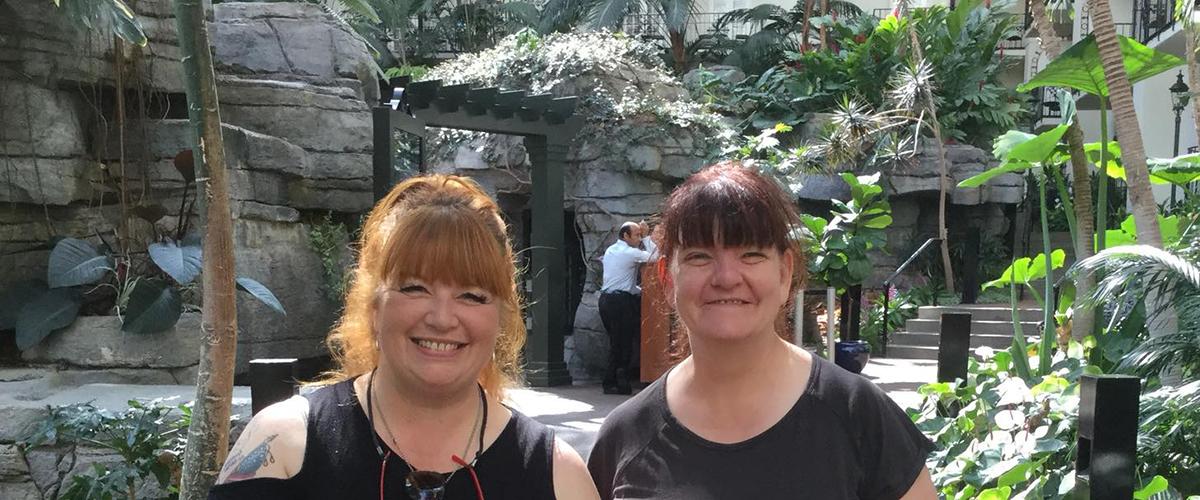
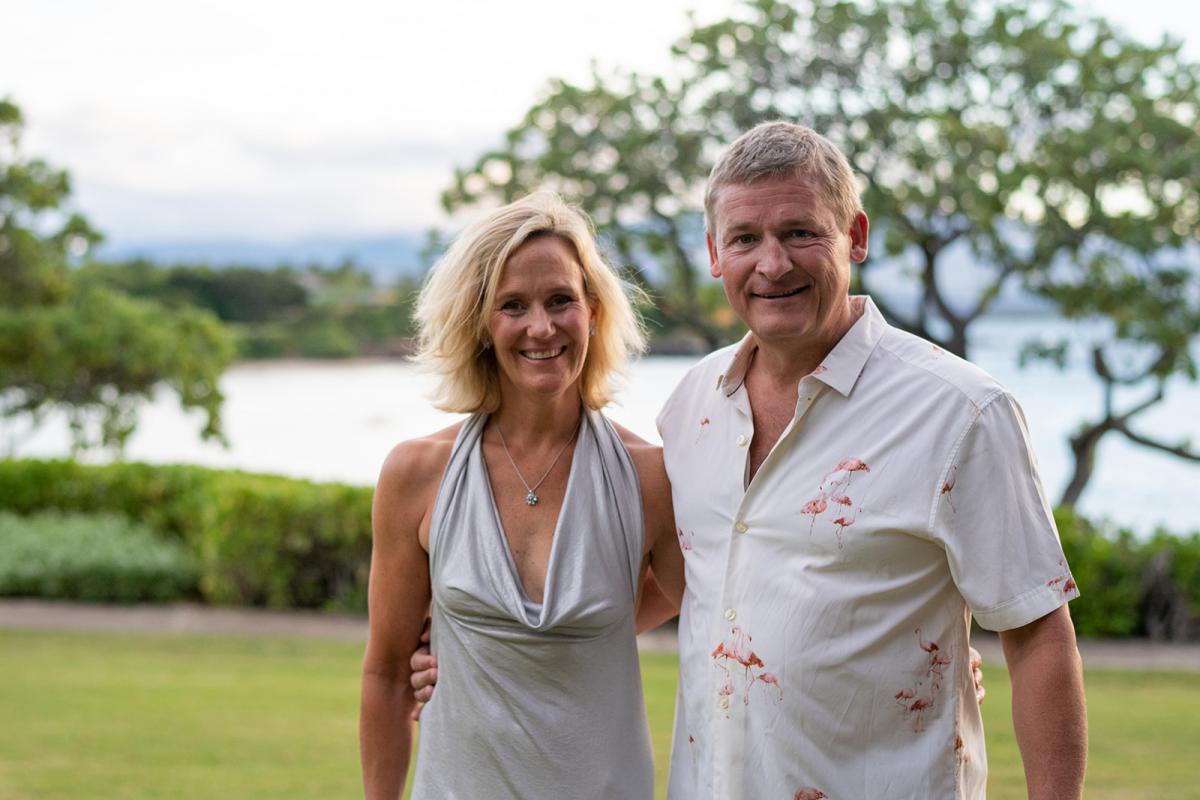
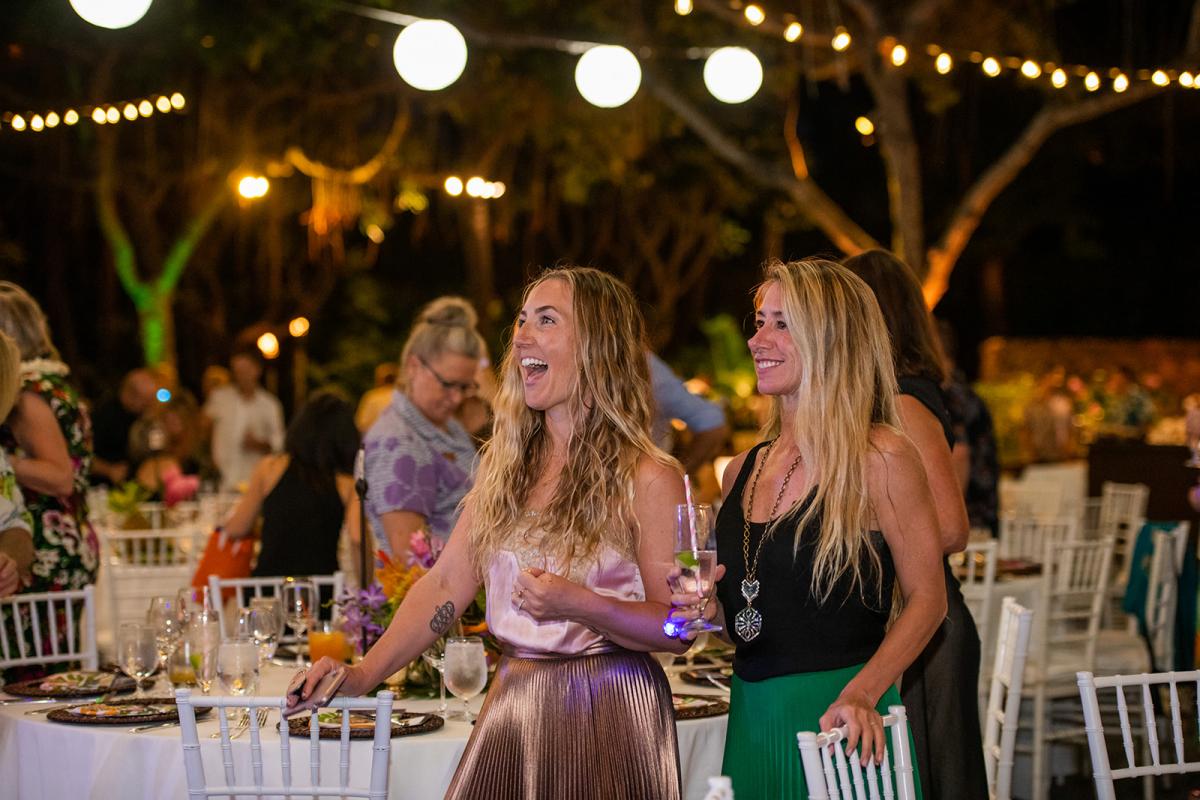
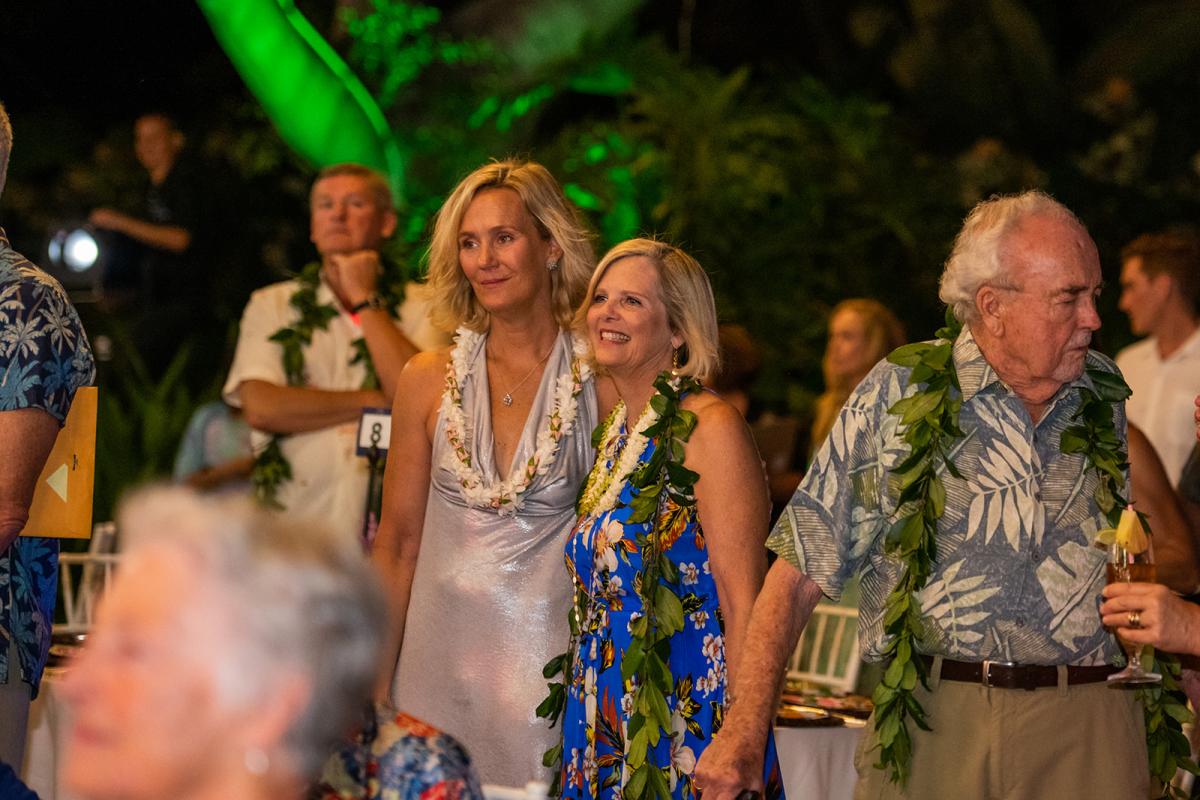

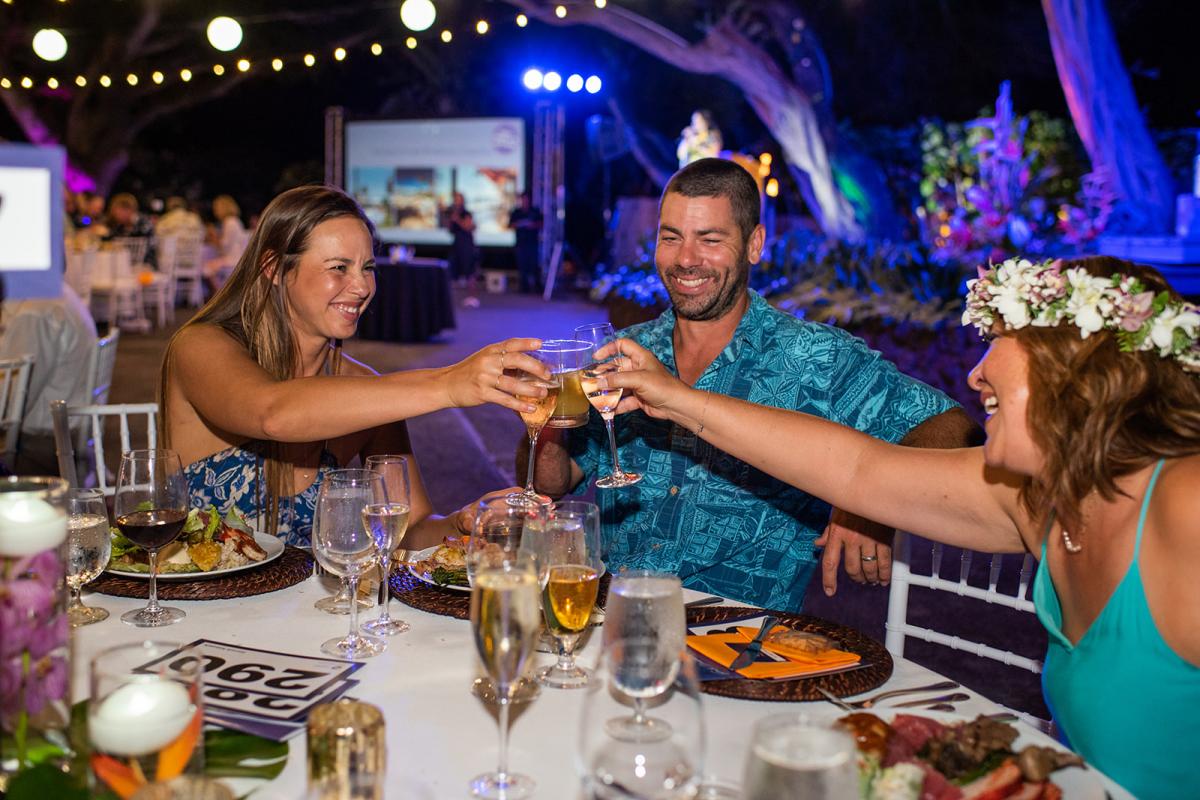

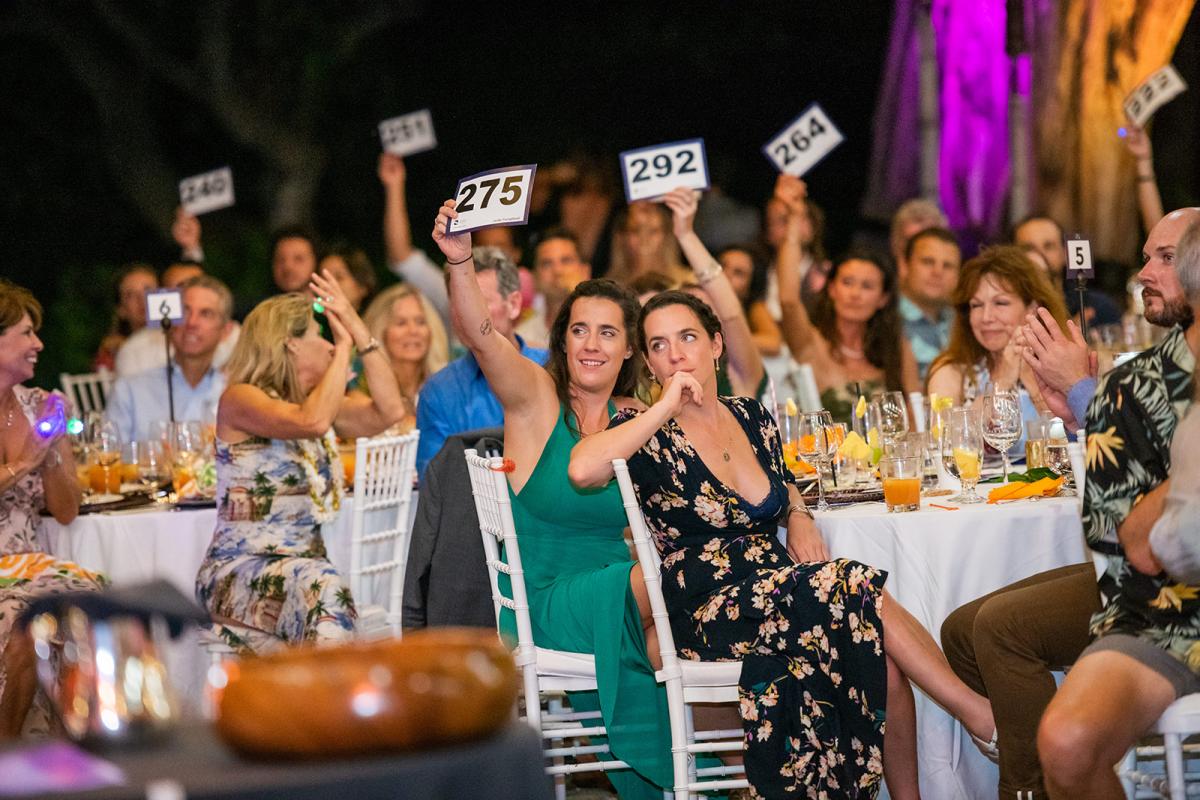
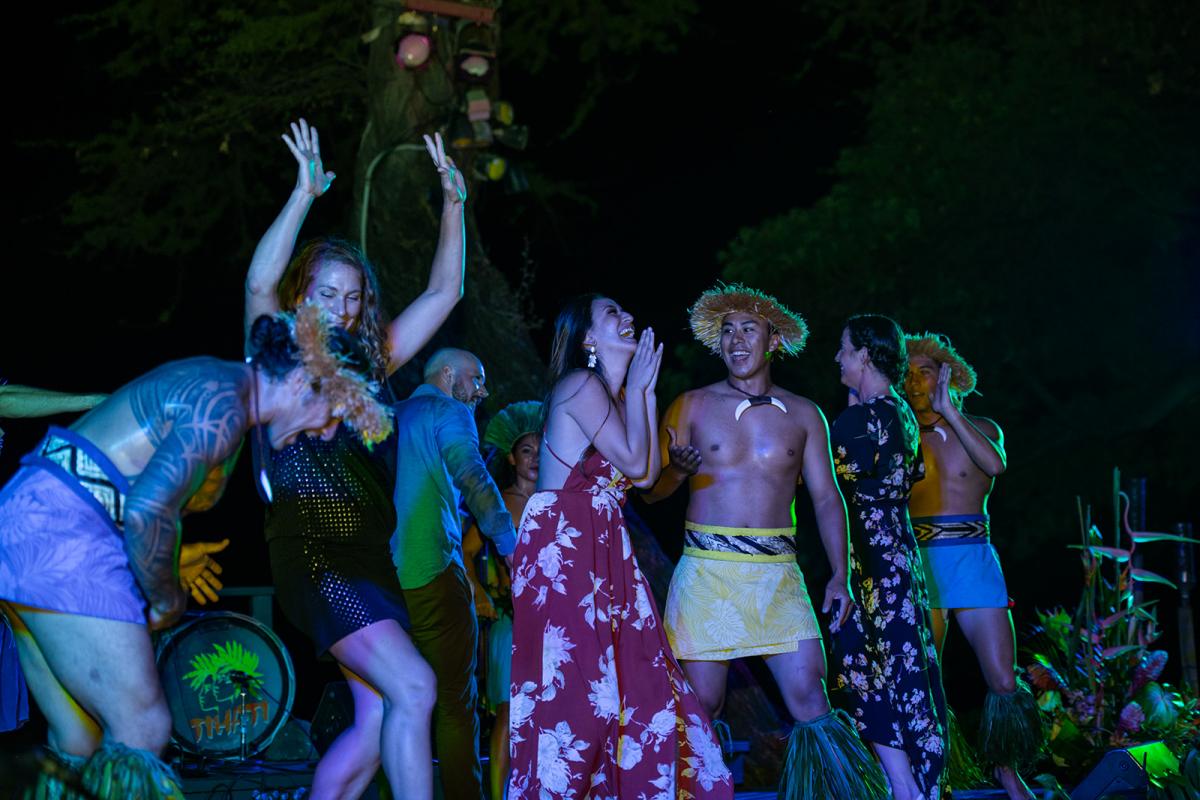
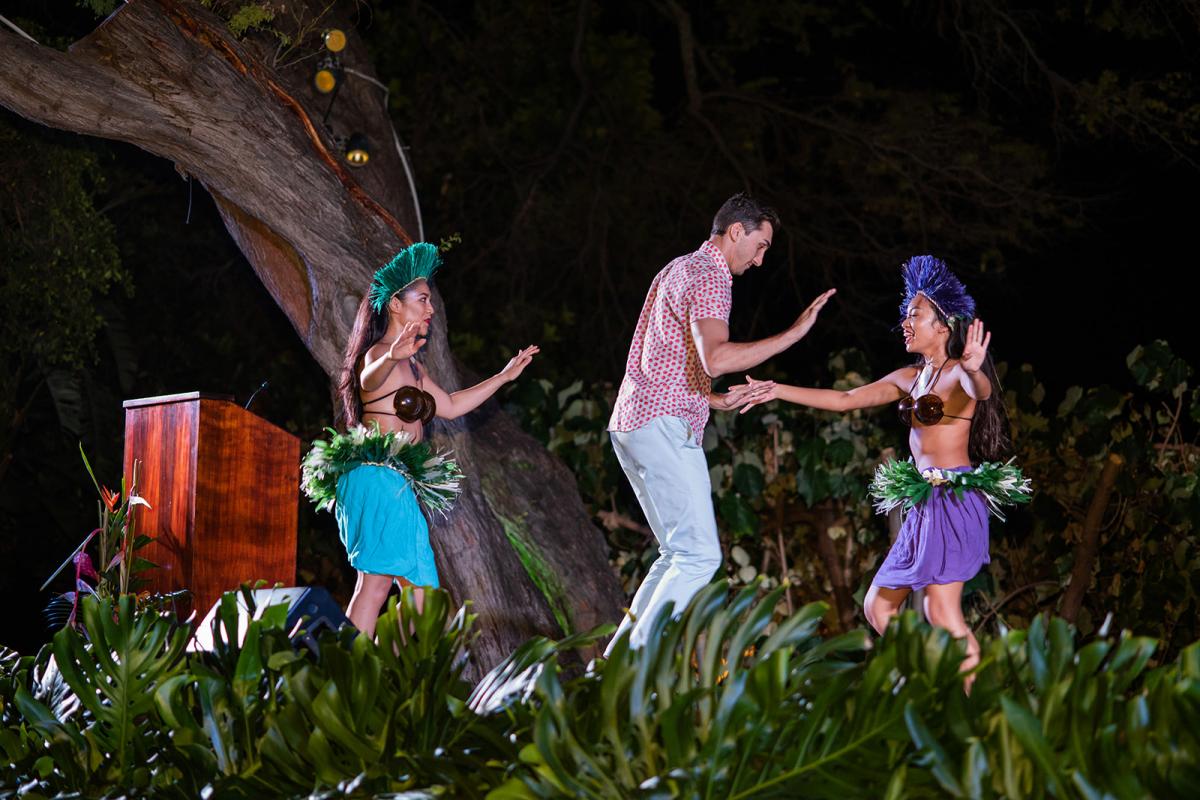
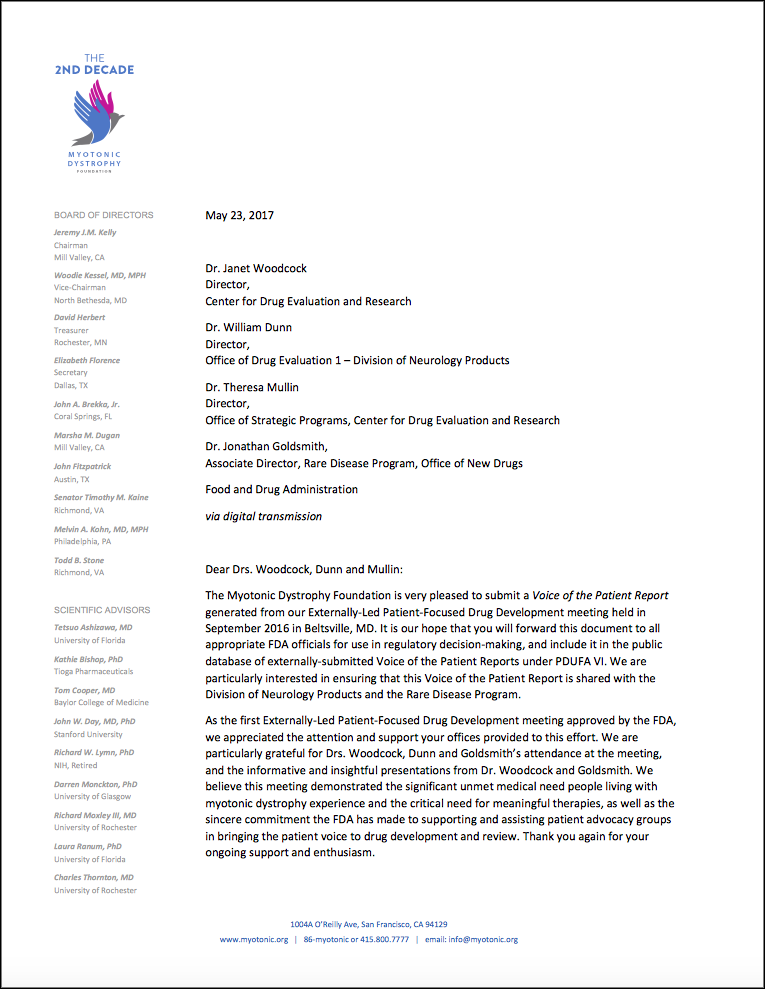
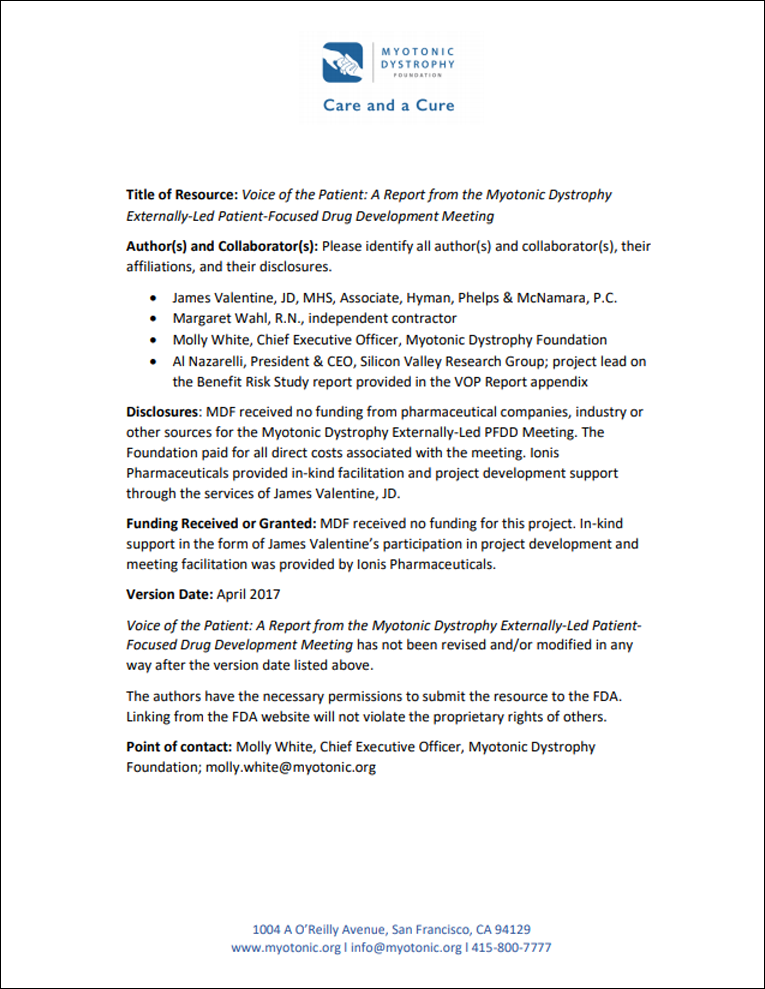
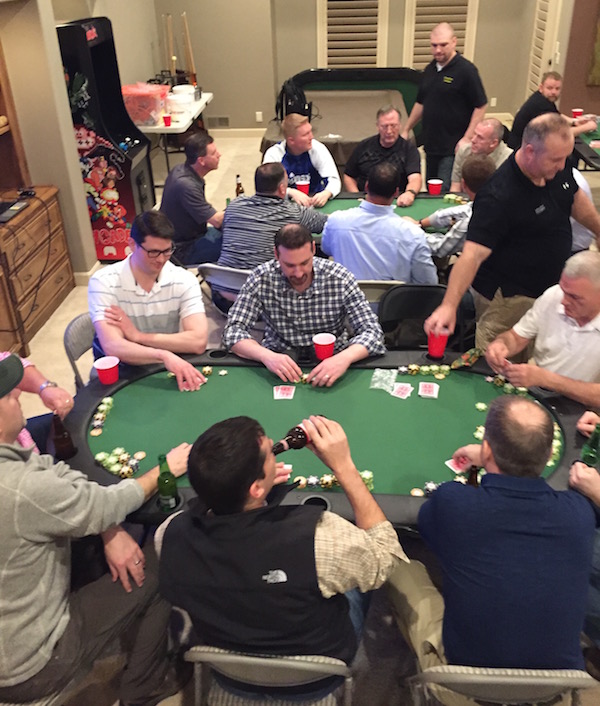 February grassroots campaigns include a sixth birthday event for Asher Adleberg, a young boy in San Diego. Asher told his parents he wanted to help find treatments for his best friend, MDF community member River Jensen, and asked for donations to MDF in lieu of birthday gifts for himself—what an amazing young man! If you’d like to donate,
February grassroots campaigns include a sixth birthday event for Asher Adleberg, a young boy in San Diego. Asher told his parents he wanted to help find treatments for his best friend, MDF community member River Jensen, and asked for donations to MDF in lieu of birthday gifts for himself—what an amazing young man! If you’d like to donate, 